Quitting a job is a significant career decision that requires careful planning and execution. Whether you’re leaving for a new opportunity, pursuing further education, or taking a break, it’s essential to resign gracefully to maintain positive relationships and a professional reputation. Here’s a detailed guide on how to quit a job in a professional manner.
1. Self-Reflection and Decision Making
Assess Your Reasons
Before making any decisions, evaluate your reasons for leaving. Are you dissatisfied with your current role, seeking better opportunities, or needing a change in career direction? Understanding your motivations will help ensure that quitting is the right choice.
Consider Alternatives
Sometimes, internal transfers, new projects, or discussions about job roles can resolve your concerns. Explore all possible alternatives within the organization before deciding to leave.
2. Preparing for Resignation
Plan Your Next Steps
Have a clear plan for what you will do after leaving your job. This might include having a new job offer, starting your own business, or preparing for further studies.
Financial Preparedness
Ensure you are financially stable to support yourself during the transition period. This includes having enough savings to cover your expenses for a few months in case there’s a gap before starting your new job.
3. Resigning Gracefully
Write a Resignation Letter
A formal resignation letter is essential. It should be concise, polite, and professional. Here’s a basic template:
[Your Name]
[Your Address]
[City, State, ZIP Code]
[Email Address]
[Phone Number]
[Date]
[Recipient Name]
[Recipient Title]
[Company Name]
[Company Address]
[City, State, ZIP Code]
Dear [Recipient Name],
I am writing to formally resign from my position as [Your Job Title] with [Company Name], effective [Last Working Day, typically two weeks from the date of the letter].
I am grateful for the opportunities and experiences I have gained during my time at [Company Name]. Working here has been a rewarding experience, and I appreciate the support and guidance from the entire team.
I will do my best to ensure a smooth transition by completing my current projects and assisting in training a replacement. Please let me know if there are specific tasks you would like me to prioritize during my notice period.
Thank you for your understanding and support.
Sincerely,
[Your Name]
Give Adequate Notice
The standard notice period is typically two weeks but refer to your employment contract for specific requirements. Giving proper notice shows respect for your employer and allows them time to find a replacement or redistribute your responsibilities.
Inform Your Manager First
Have a face-to-face conversation with your immediate supervisor or manager before informing colleagues. This shows respect and allows for a more controlled and professional environment for the news.
Be Honest but Diplomatic
When discussing your resignation, be honest about your reasons for leaving but avoid being negative. Focus on the positive experiences and express gratitude for the opportunities you had.
4. Ensuring a Smooth Transition
Offer to Help with Transition
Assist in training your replacement or provide detailed handover notes. This demonstrates your professionalism and commitment to the company’s success, even as you depart.
Complete Ongoing Projects
Do your best to wrap up current projects or at least ensure they are in a good position for someone else to take over. This will leave a positive impression on your colleagues and managers.
Stay Professional
Maintain your usual work ethic and professionalism during your notice period. Avoid discussing your resignation negatively with colleagues or reducing your effort.
5. Leaving on Good Terms
Exit Interview
If your company conducts exit interviews, participate honestly but constructively. Provide feedback that could help the organization improve but avoid being overly critical or personal.
Express Gratitude
Thank your colleagues and managers for the support and opportunities. Send a farewell email to the team expressing your appreciation and sharing your contact information for future networking.
Stay Connected
Maintain professional connections through LinkedIn or other networking platforms. These relationships can be valuable for future job opportunities, references, and industry insights.
6. After Resignation
Reflect on Your Experience
Take time to reflect on what you learned in your previous role and how you can apply those lessons to your future endeavors.
Plan Your Next Steps
Focus on your next career move, whether it’s starting a new job, furthering your education, or taking a break. Make sure you are clear about your goals and how to achieve them.
Update Your Resume and LinkedIn
Add your latest job experience to your resume and LinkedIn profile. Highlight your accomplishments and skills gained during your tenure.
Tips for Different Situations
Remote Workers
Resigning as a remote worker comes with its unique challenges, primarily the lack of face-to-face interactions. Here are some tips to ensure you resign professionally:
Schedule a Video Call: Arrange a video call with your manager to inform them of your resignation. This adds a personal touch that’s lost in emails or messages.
Follow Up with an Email: After your video call, send a formal resignation email outlining the details discussed, including your last working day and your commitment to ensuring a smooth transition.
Prepare for Handover: Create detailed documentation and guidelines for your replacement. Offer to have additional video calls to assist in the transition process.
Stay Professional: Maintain your productivity and professionalism during your notice period. Ensure all remote communication remains positive and constructive.
Keep Colleagues Informed: Send a farewell email to your colleagues, expressing gratitude and sharing your contact information for future networking.
Executive Level
Senior executives have a higher level of responsibility and their resignation can significantly impact the organization. Here are some tips for executives:
Inform the Board or Higher Management First: Discuss your decision with the board of directors or higher management before informing your immediate team. This ensures that the transition plan can be discussed at the highest level.
Prepare a Transition Plan: Develop a detailed transition plan, including recommendations for your successor and steps to ensure continuity of leadership.
Assist in Succession Planning: Offer to help with the recruitment or selection process for your replacement. This might include identifying internal candidates or participating in interviews.
Communicate Transparently: Clearly communicate your reasons for leaving in a professional manner to avoid any speculation or uncertainty among your team and stakeholders.
Stay Available: Offer to remain available for consultation after your departure, at least for a short period, to ensure a smooth handover of your responsibilities.
Interns or Temporary Employees
Even if your tenure is short, resigning professionally as an intern or temporary employee is crucial for maintaining a good reputation:
Give Adequate Notice: Provide as much notice as possible. Although not always required, it shows professionalism and consideration for your employer.
Complete Your Tasks: Finish any ongoing tasks or projects. If time does not permit, ensure that you hand over your work properly to a colleague or your supervisor.
Express Gratitude: Thank your supervisor and colleagues for the experience and opportunities. This can be done in person, through a farewell email, or both.
Seek Feedback: Ask for feedback on your performance. This can be valuable for your professional development and future job applications.
Stay Connected: Keep in touch with your colleagues and supervisors through LinkedIn or other professional networks. This can be beneficial for future job opportunities and references.
By tailoring your approach based on your specific situation, you can ensure that your resignation is handled with professionalism and grace, regardless of your role or work environment.
FAQ: Frequently Asked Questions
1. How much notice should I give when resigning?
Typically, a two-week notice is standard. However, check your employment contract as some companies may require more notice.
2. What should I include in my resignation letter?
Your resignation letter should include your intent to resign, your last working day, a brief expression of gratitude, and an offer to assist with the transition.
3. Should I tell my colleagues about my resignation?
Inform your manager first, and then you can share the news with your colleagues. It’s best to let your manager know before it becomes common knowledge.
4. How do I handle the exit interview?
Participate honestly but constructively. Provide feedback that can help the company improve but avoid being overly negative or personal.
5. What if my employer makes a counteroffer?
Consider the counteroffer carefully, weighing the pros and cons. Think about your initial reasons for wanting to leave and if the counteroffer addresses those concerns.
6. Can I quit my job without notice?
It’s generally not recommended to quit without notice as it can harm your professional reputation. However, if you’re in a toxic or harmful work environment, prioritize your well-being and consider explaining the situation to your employer.
7. How can I stay connected with my former colleagues?
Use LinkedIn or other professional networking platforms to stay in touch. Sending a farewell email with your contact information is also a good practice.
8. Should I use up my vacation days before resigning?
Check your company’s policy. Some employers may pay out unused vacation days, while others may require you to use them during your notice period.
9. What if I don’t have another job lined up?
Ensure you have sufficient savings to cover your expenses for a few months. Use the time to upskill, network, and actively look for new opportunities.
10. How do I handle questions about my resignation in future job interviews?
Be honest but positive. Focus on what you learned in your previous role and how you’re looking to grow in your next position. Avoid speaking negatively about your former employer.
Conclusion
Quitting a job professionally is crucial for maintaining a positive reputation and ensuring a smooth career transition. By planning ahead, communicating effectively, and leaving on good terms, you can make the process seamless and beneficial for both you and your employer. Remember, the way you leave a job is just as important as how you perform while in it, and handling your resignation with grace and professionalism can leave a lasting positive impact on your career.


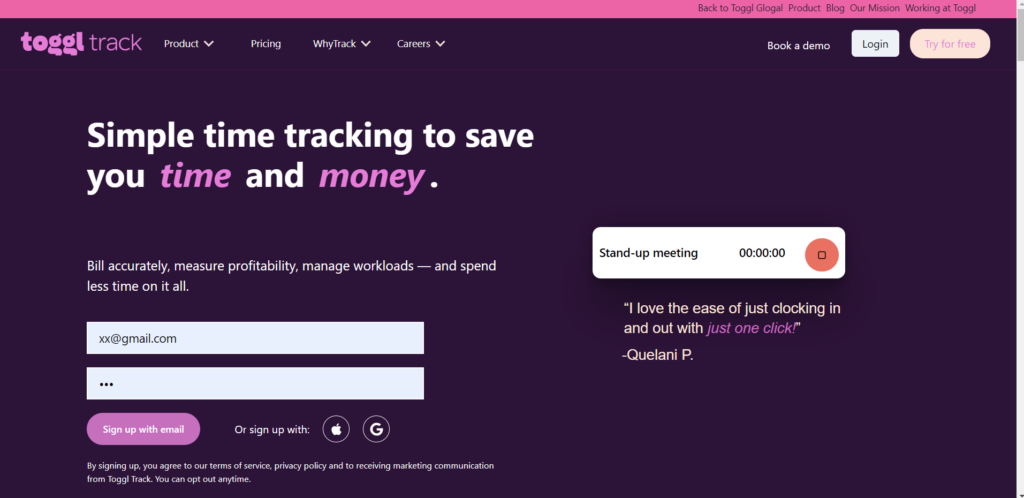
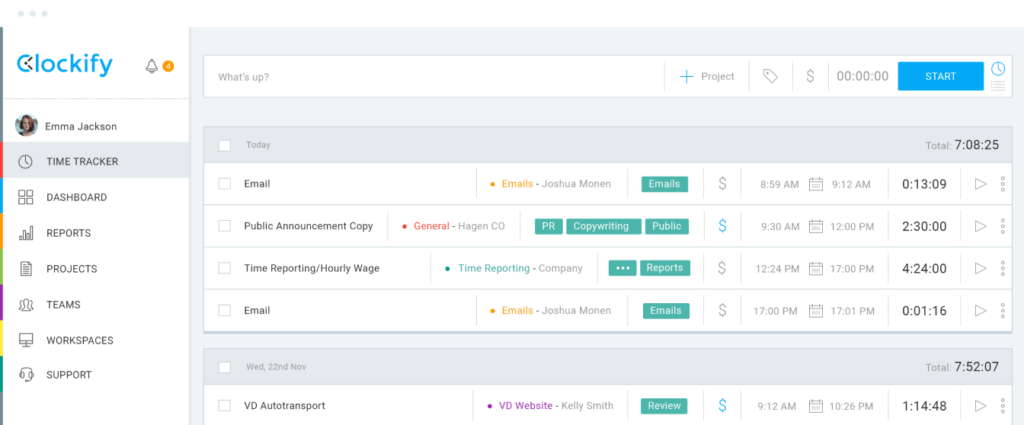
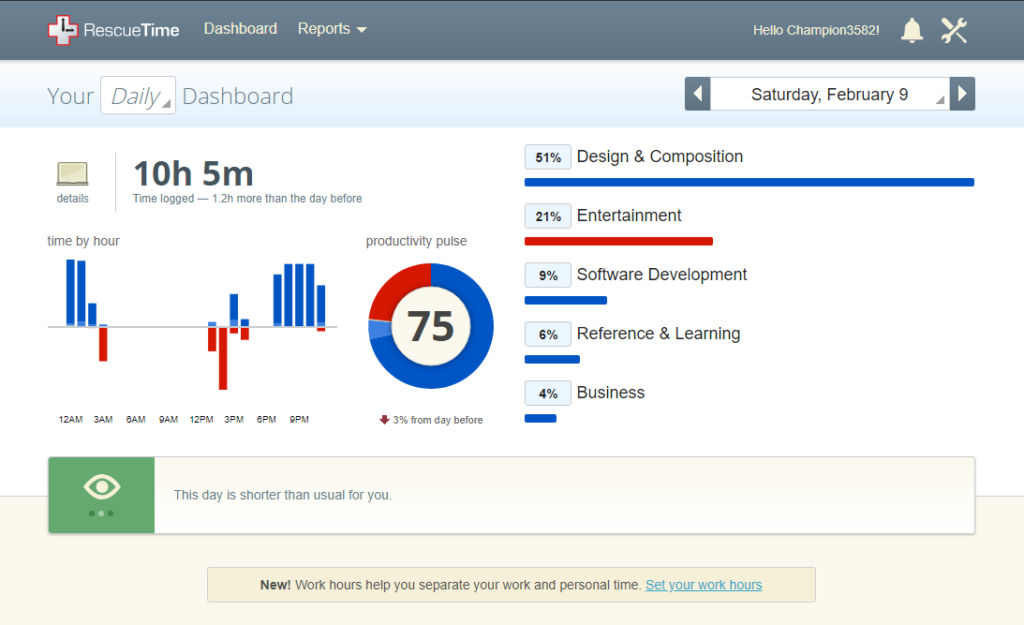

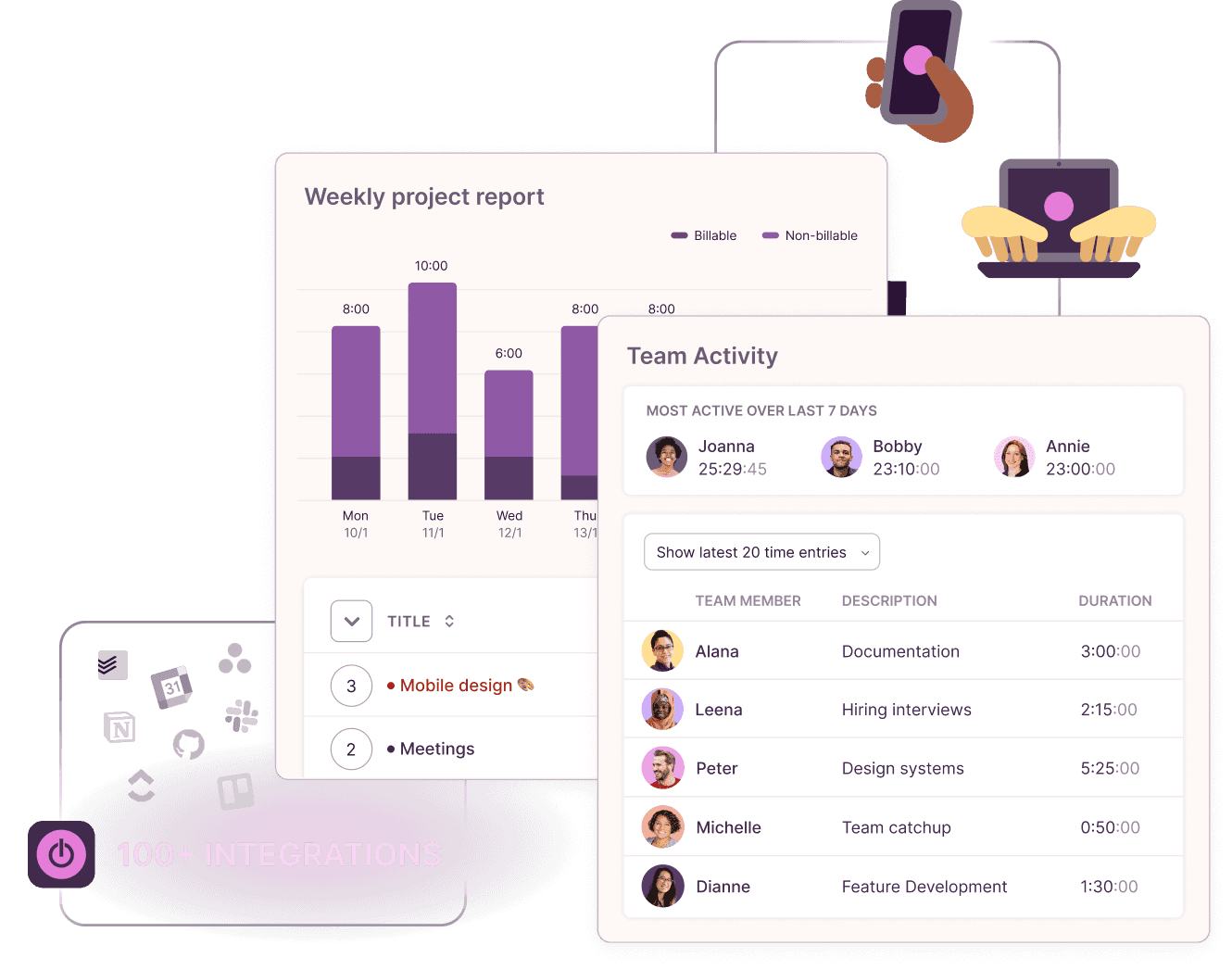

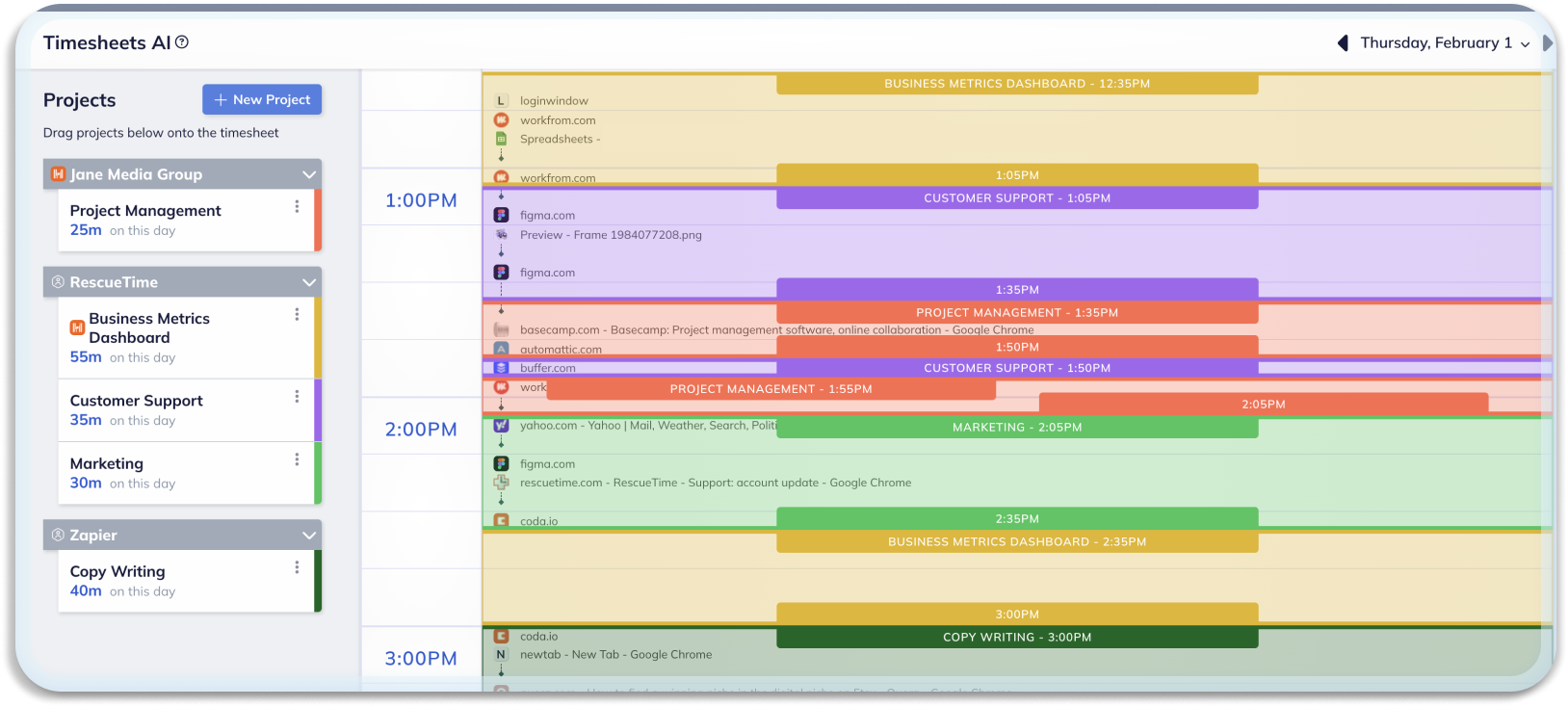
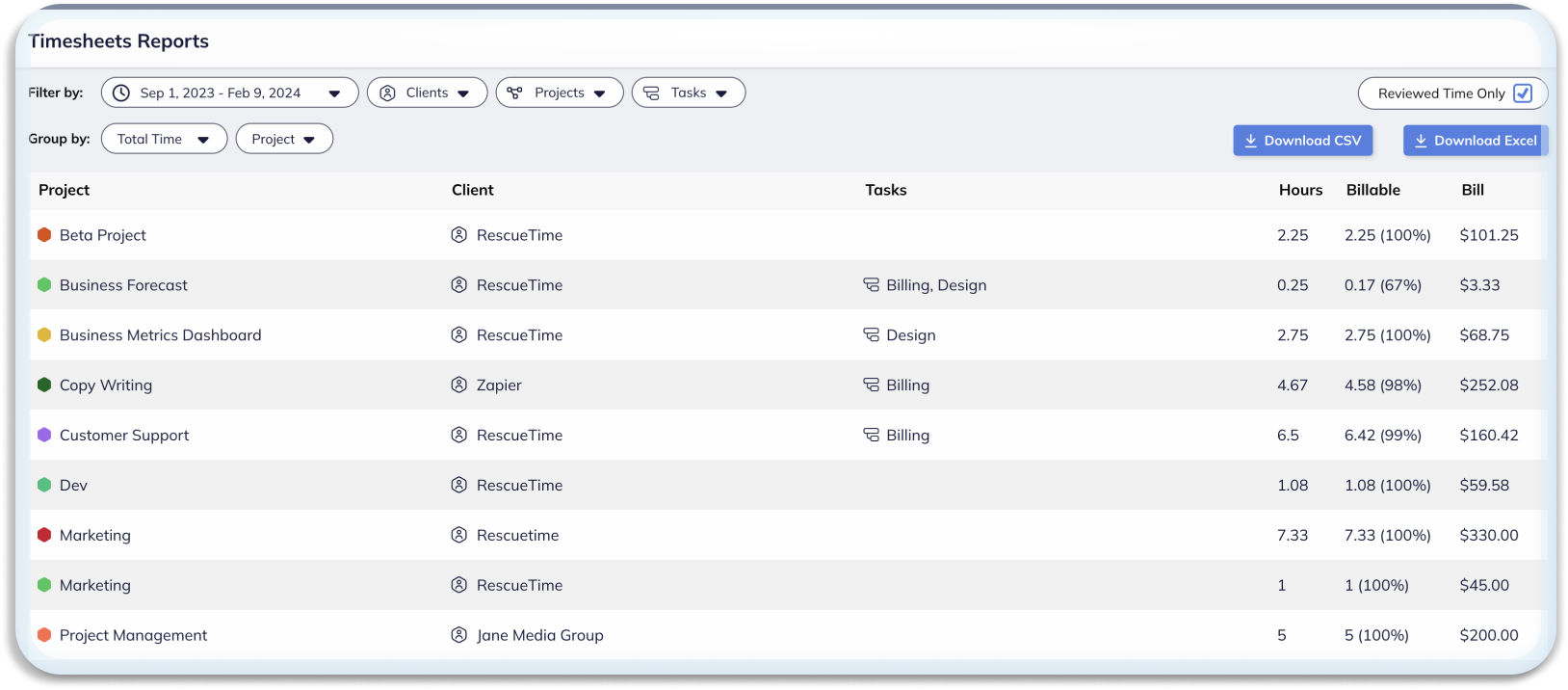
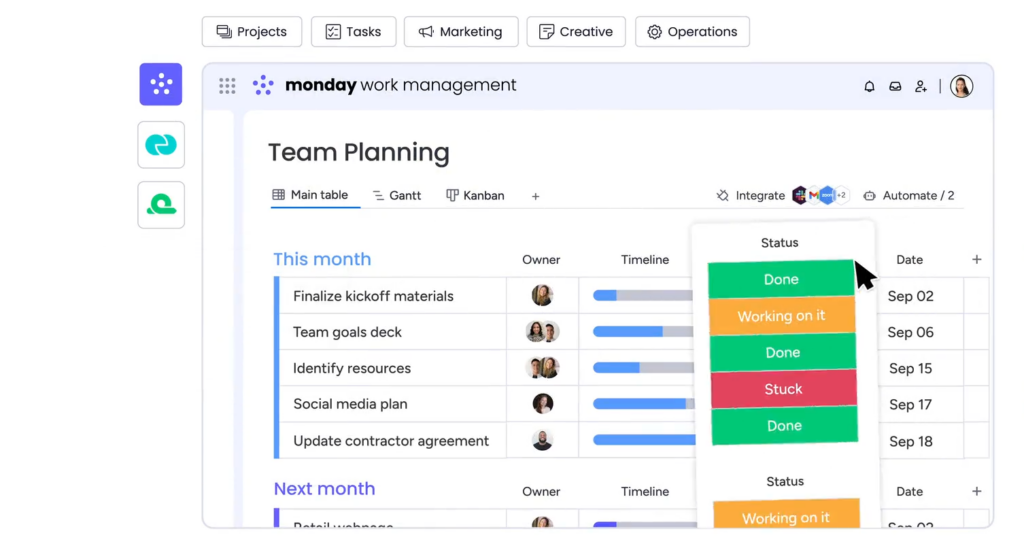
.svg)







